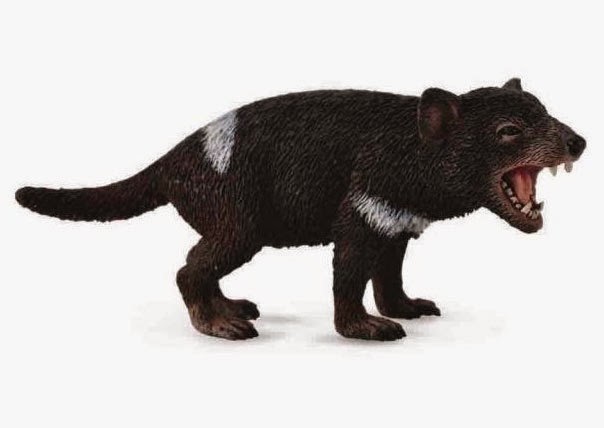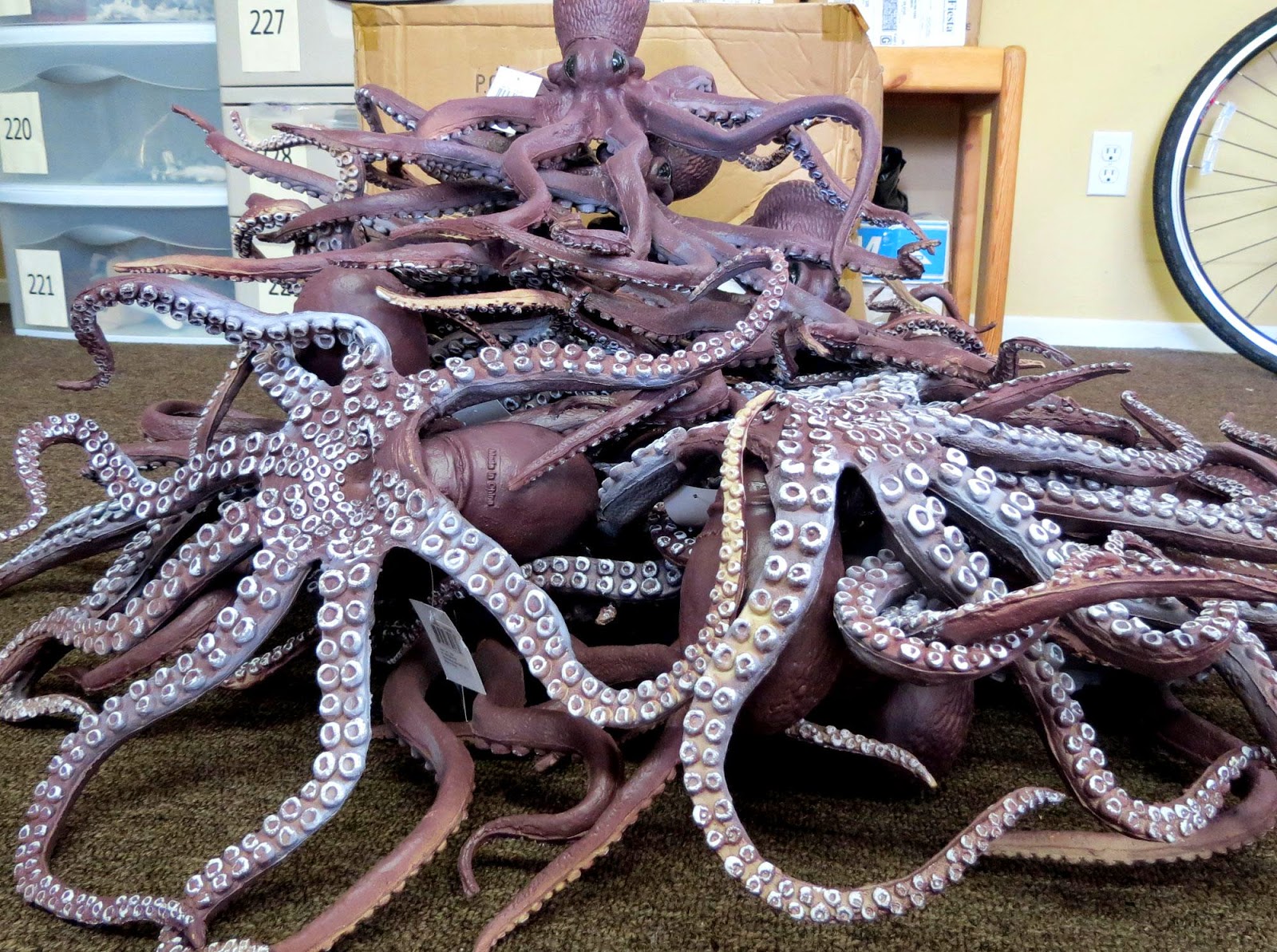Cedar Waxwing
Although our delightful cedar waxwing stuffed bird has recently been discontinued by the manufacturer, we wanted to memorialize it on the blog as well as keep its information intact so people can learn from it. Here is what was on
our site:
Our Stuffed Cedar Waxwing with Recorded Bird Call
This soft and beautiful
stuffed cedar waxwing is a member of the
Audubon Bird Series with Sound. It is 7 inches from beak to tail and sits upright for easy display. This stuffed cedar waxwing has the recognizable black mask and distinctive red-tipped wings typical of waxwings. Press the button on its back and the bird plays the recorded bird call of a real cedar waxwing. This is a great gift for avid birdwatchers or a wonderful children's toy.
About Cedar Waxwings
Have you ever wondered where the cedar waxwing (Bombycilla cedrorum) gets its name? Interestingly, as the cedar waxwing matures, it develops a bright red, waxy substance on its gray wingtips, hence the name waxwing. Scientists don't know what the actual purpose is for the wax, but think it might be used for attracting mates. The fact that they like to eat cedar berries in the winter gives them the first part of their name.
Cedar waxwings are found in open habitats across North and Central America, with migration patterns ranging from Canada down through Mexico. In the fall, they will gather by the hundreds to eat berries, and in the summer they will chase insects around rivers.
There are a couple of unusual quirks these delicately beautiful birds possess. Unusually for birds, cedar waxwings can exist for several months by eating fruit alone. Due to this, they have been known to die from alcohol intoxication from eating fermenting berries. Another habit they have is theft. Because it takes up to 6 days for a female cedar waxwing to build a nest, it will steal nesting material from the nests of other birds to save time.
Even with these flaws, however, the cedar waxwing is a treasure to get to view in nature. The silky smoothness of its brown, gray, and yellow feathers just make you itch to feel them under your fingertips, but you'll just need to be satisfied with the glimpse you get from afar.
Cedar waxwing article by Debbie Turpin
This blog is sponsored by Tapir and Friends Animal Store.


















































